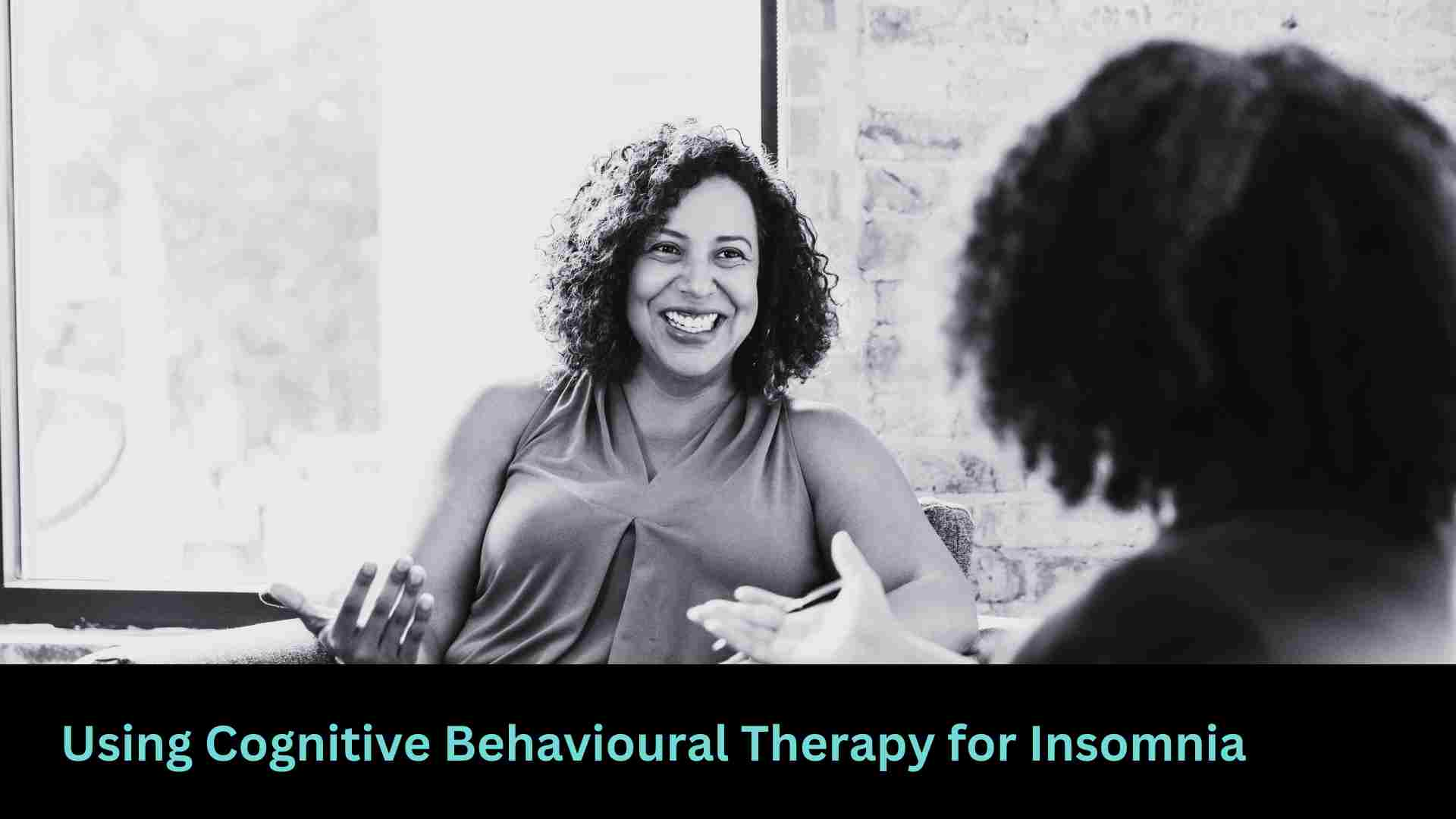
- Behavioral
-
by saurabh1
Insomnia can be a persistent and frustrating condition, affecting not just your sleep but your overall quality of life. Traditional treatments often include medications or lifestyle changes, but Cognitive Behavioral Therapy (CBT) has emerged as a highly effective non-pharmacological approach. This guide will delve into how CBT works for insomnia, the benefits it offers, and practical techniques you can use to improve your sleep.
What is Cognitive Behavioral Therapy (CBT)?
Cognitive Behavioral Therapy (CBT) is a structured, time-limited psychotherapy that aims to address negative thought patterns and behaviors. Originally developed to treat depression, CBT has been adapted to address a range of issues, including insomnia. The therapy is based on the premise that our thoughts, feelings, and behaviors are interconnected, and changing one can influence the others.
Key Components of CBT
- Cognitive Restructuring: Identifying and challenging negative thought patterns.
- Behavioral Activation: Encouraging engagement in activities that can improve mood and reduce avoidance.
- Skill Development: Teaching strategies to manage stress and cope with challenges.
Understanding Insomnia
Insomnia is characterized by difficulty falling asleep, staying asleep, or waking up too early and not being able to return to sleep. It can be acute, lasting for a few days or weeks, or chronic, persisting for months or even years. The condition can stem from various causes, including stress, anxiety, medical conditions, or poor sleep habits.
Types of Insomnia
- Acute Insomnia: Short-term, often caused by stress or situational factors.
- Chronic Insomnia: Long-term, lasting for at least three times per week over three months.
- Secondary Insomnia: Caused by another condition or medication.

How CBT Works for Insomnia
CBT for insomnia (CBT-I) focuses on breaking the cycle of poor sleep habits and negative thought patterns. The therapy involves several components designed to address different aspects of insomnia.
Identifying Negative Thought Patterns
Many people with insomnia develop negative beliefs about sleep, such as “I’ll never get enough sleep” or “I’ll be exhausted tomorrow.” These thoughts can increase anxiety and make it even harder to sleep. CBT helps to identify and challenge these unhelpful thoughts, replacing them with more balanced and realistic ones.
Behavioral Strategies
Behavioral strategies in CBT-I focus on changing behaviors that negatively impact sleep. This includes developing a consistent sleep schedule, limiting naps, and avoiding stimulating activities before bed.
Sleep Hygiene Education
Good sleep hygiene practices are crucial for improving sleep quality. CBT-I includes education on sleep hygiene, such as:
- Maintaining a regular sleep schedule: Going to bed and waking up at the same time every day.
- Creating a comfortable sleep environment: Ensuring the bedroom is dark, quiet, and cool.
- Avoiding stimulants: Reducing caffeine, nicotine, and alcohol intake.
Benefits of CBT for Insomnia
CBT-I offers numerous benefits over traditional treatments, such as medications. Some of the key advantages include:
- Long-term Effectiveness: CBT-I addresses the underlying causes of insomnia, leading to lasting improvements in sleep.
- No Side Effects: Unlike medications, CBT-I does not have side effects or dependency issues.
- Holistic Approach: CBT-I considers various factors affecting sleep, including thoughts, behaviors, and lifestyle.
For more information on the benefits of CBT-I, visit Rx Online Guide.
CBT Techniques and Exercises
Several specific techniques are employed in CBT-I to help manage and overcome insomnia. Here are a few of the most effective ones:
Cognitive Restructuring
This technique involves identifying and challenging negative thoughts about sleep. For example, if you believe that not getting a full eight hours of sleep means your entire day will be ruined, cognitive restructuring helps you reframe this thought and focus on more realistic outcomes.
Sleep Restriction Therapy
Sleep restriction therapy involves limiting the time spent in bed to the actual amount of sleep you’re getting. This approach helps to consolidate sleep and reduce the time spent awake in bed, which can improve sleep efficiency.
Stimulus Control Therapy
Stimulus control therapy focuses on associating the bed with sleep rather than wakefulness. This includes practices like:
- Only using the bed for sleep and intimacy: Avoid working or watching TV in bed.
- Going to bed only when sleepy: Avoid lying in bed awake.
- Getting up at the same time every day: Even on weekends.

When to Seek Professional Help
While CBT-I can be highly effective, it may not be the right solution for everyone. If you’ve tried CBT-I and still struggle with insomnia, or if your sleep issues are severe or persistent, it may be time to seek professional help. A healthcare provider can offer guidance on other treatment options or investigate any underlying conditions contributing to your insomnia.
For resources on finding a therapist or sleep specialist, visit Rx Online Guide.
Resources and Further Reading
- National Sleep Foundation: Offers information on sleep disorders and treatments.
- American Academy of Sleep Medicine: Provides resources and guidelines on sleep medicine.
- Sleep Education: A comprehensive resource for sleep health and education.
Conclusion
Cognitive Behavioral Therapy for insomnia is a powerful tool for overcoming sleep difficulties and achieving better sleep quality. By addressing negative thought patterns, implementing effective behavioral strategies, and educating yourself about sleep hygiene, you can make significant strides toward improving your sleep. If you’re struggling with insomnia, consider giving CBT-I a try or seeking guidance from a professional. For more information and resources, check out Rx Online Guide.
By incorporating CBT techniques and making positive changes to your sleep habits, you can take control of your sleep health and enjoy the restful nights you deserve.


